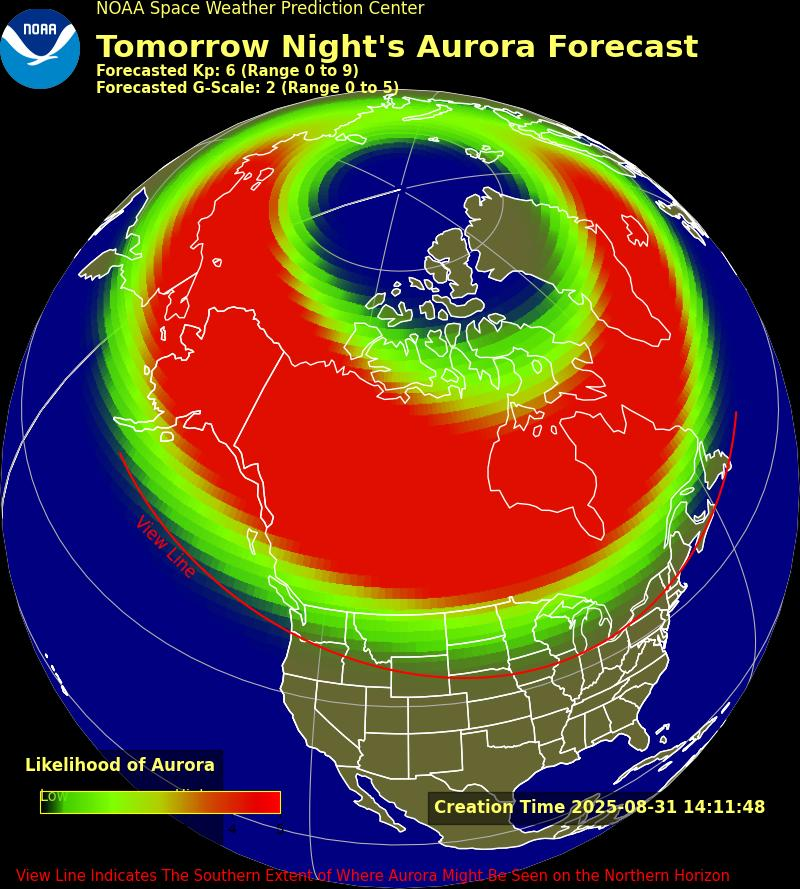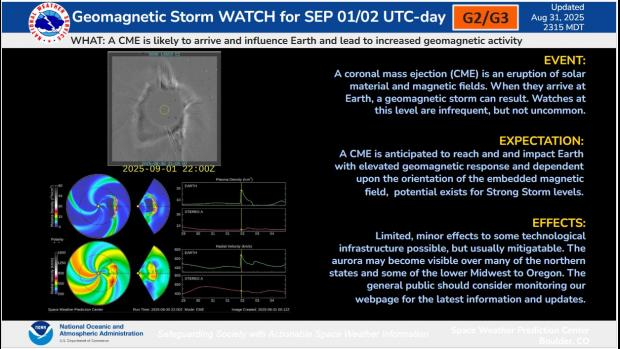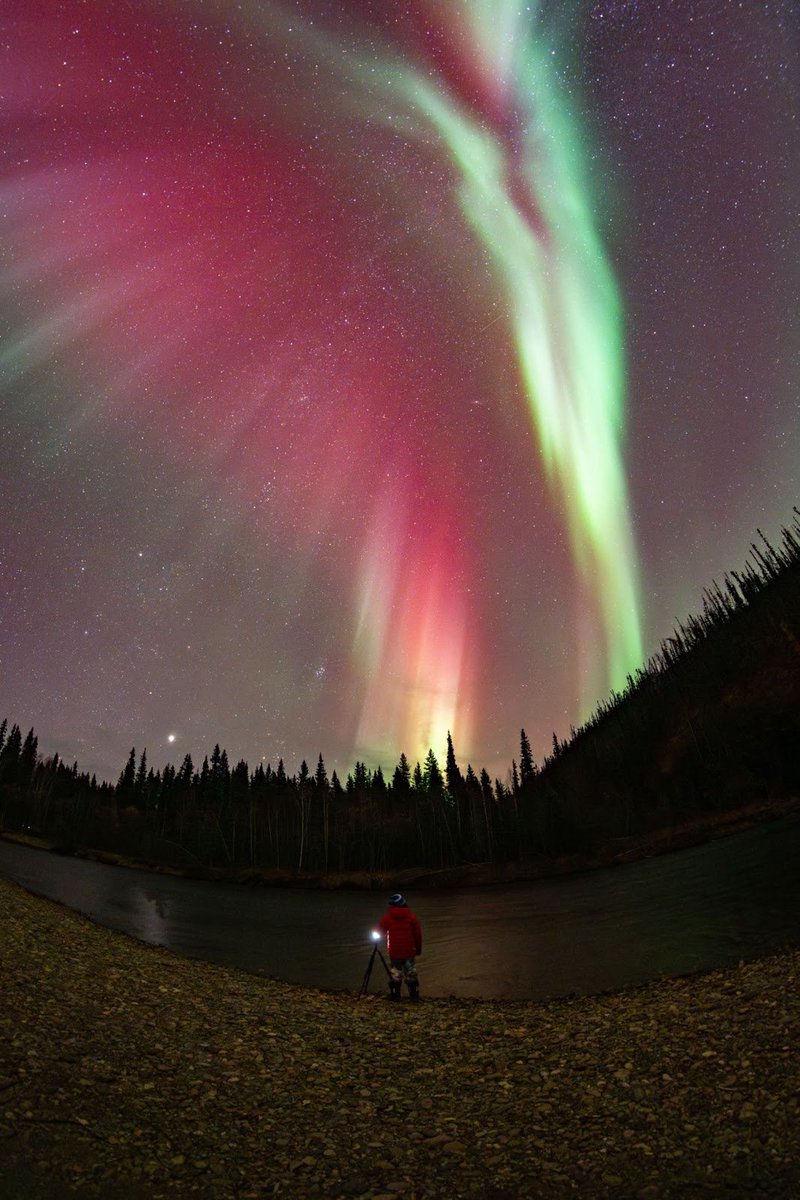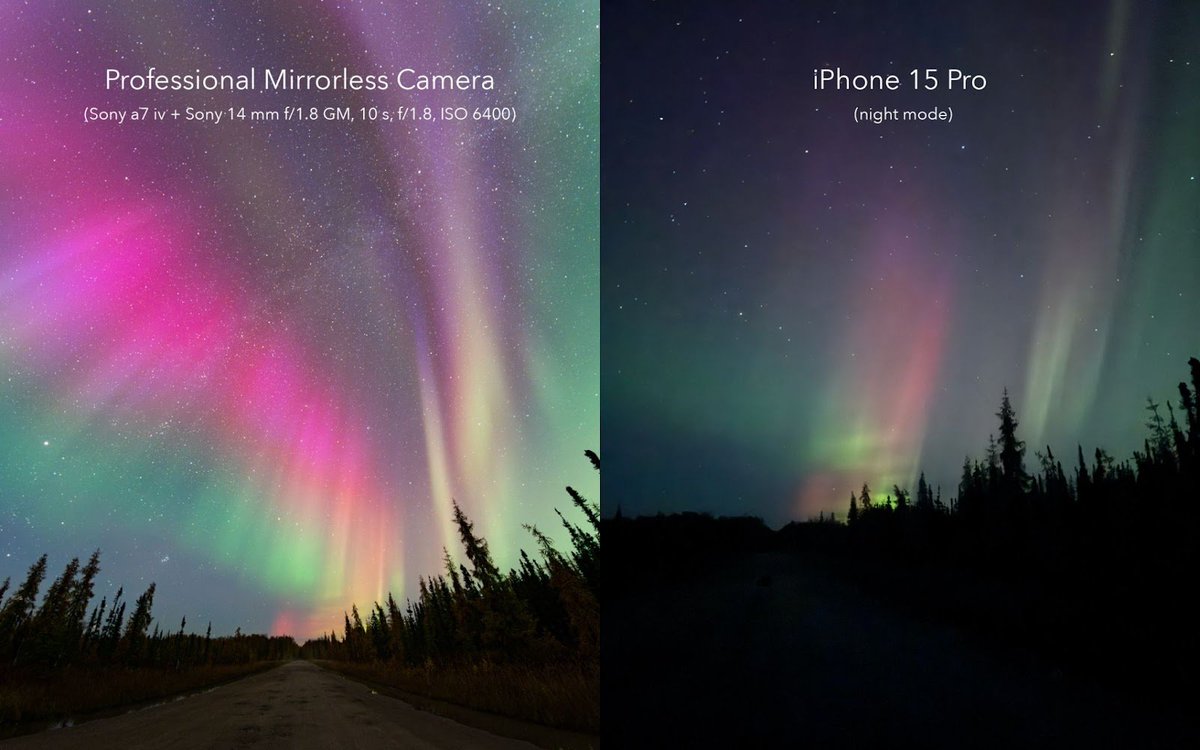Hopefully folks have seen the NASA Mission map floating around indicating the missions that the President's FY26 Budget Request would cancel.
Here is a heliophysics division-specific figure. It shows the proposed canceled missions (red "X"), the missions that would see major cuts to their budgets (light red "X"), and the very few missions that would see a funding increase (green "X").
Yes, ACE that we use for solar wind measurements would be canceled. Billions of dollars of funded missions currently collecting data and operating perfectly fine would be canceled.
Map credit: Shea Hess Webber
Here is a heliophysics division-specific figure. It shows the proposed canceled missions (red "X"), the missions that would see major cuts to their budgets (light red "X"), and the very few missions that would see a funding increase (green "X").
Yes, ACE that we use for solar wind measurements would be canceled. Billions of dollars of funded missions currently collecting data and operating perfectly fine would be canceled.
Map credit: Shea Hess Webber

• • •
Missing some Tweet in this thread? You can try to
force a refresh


















